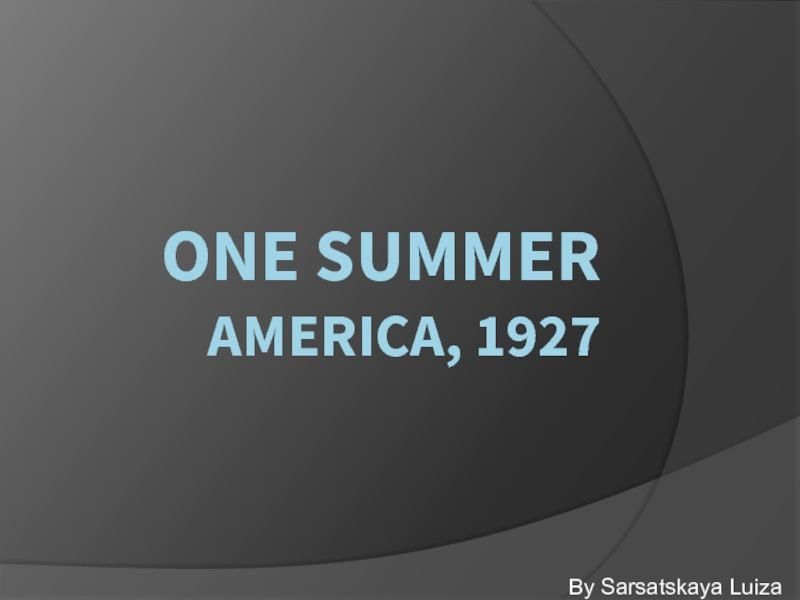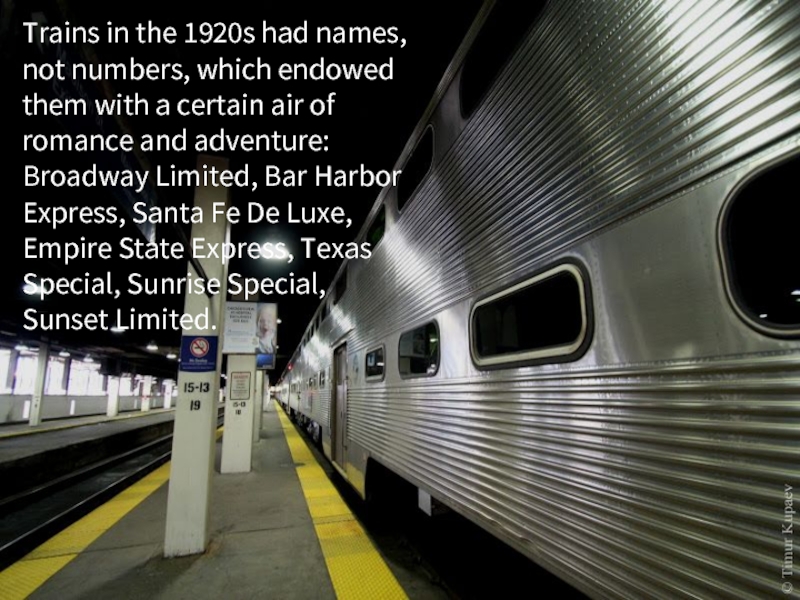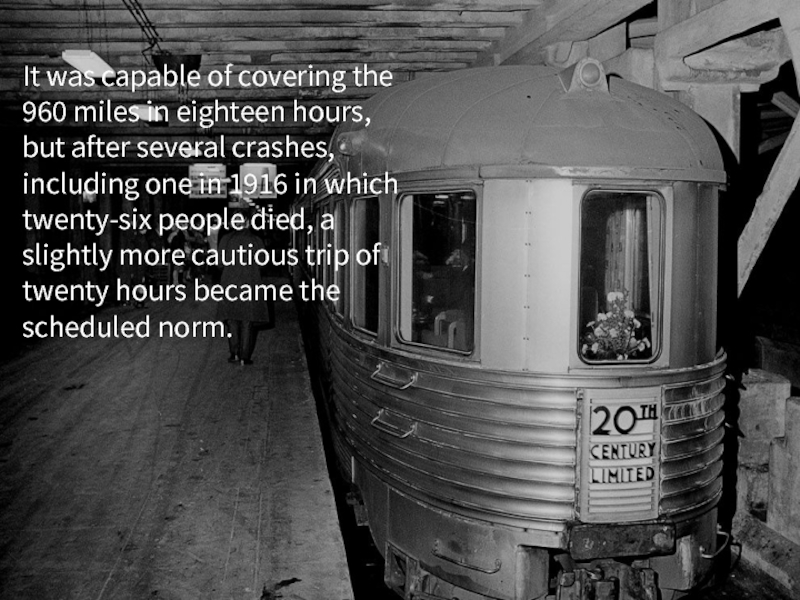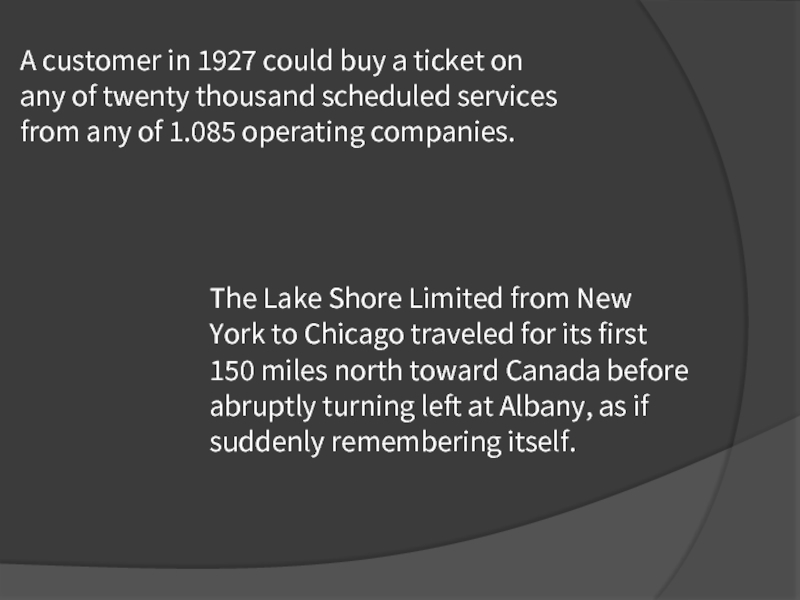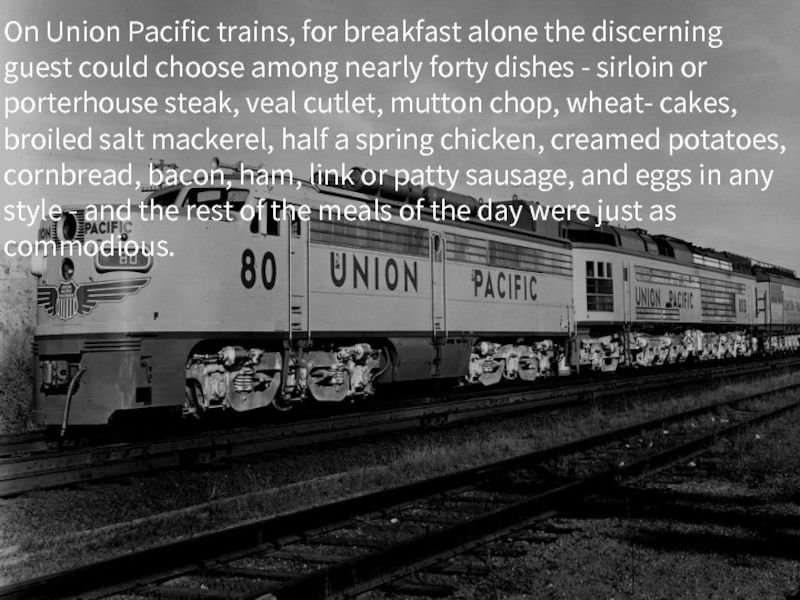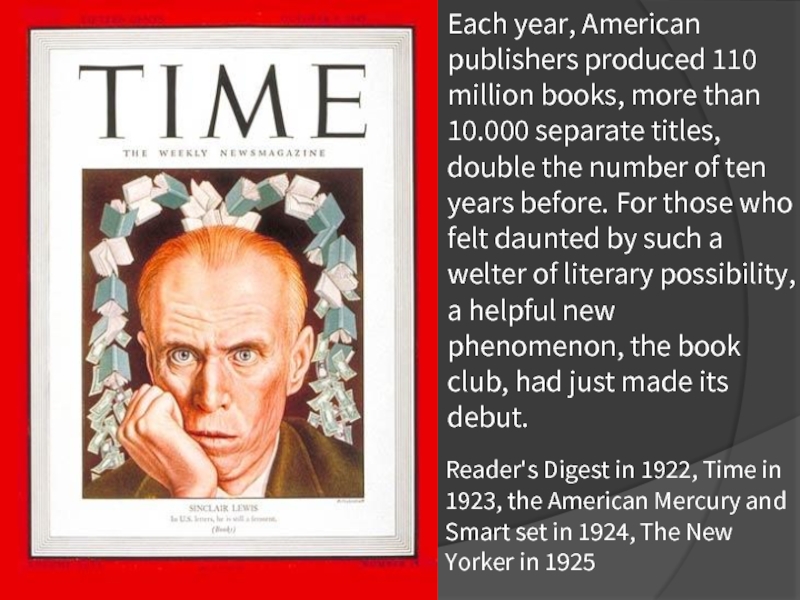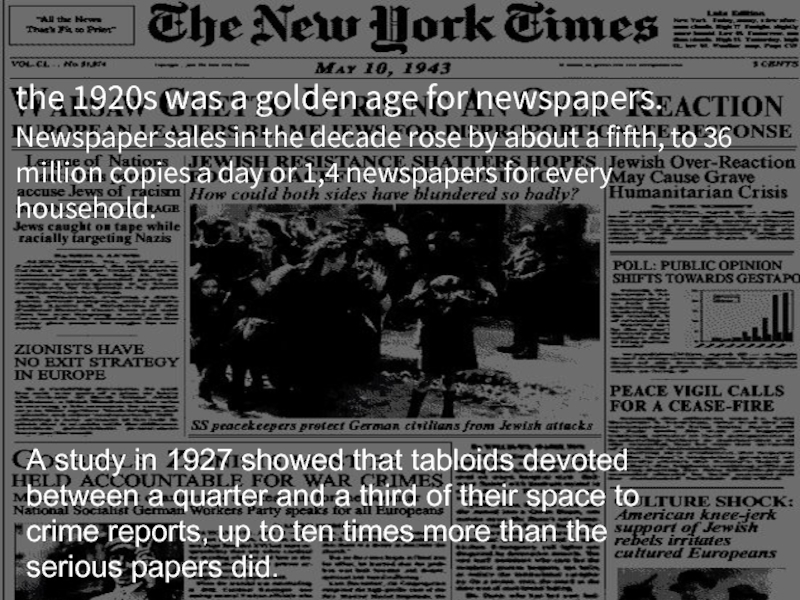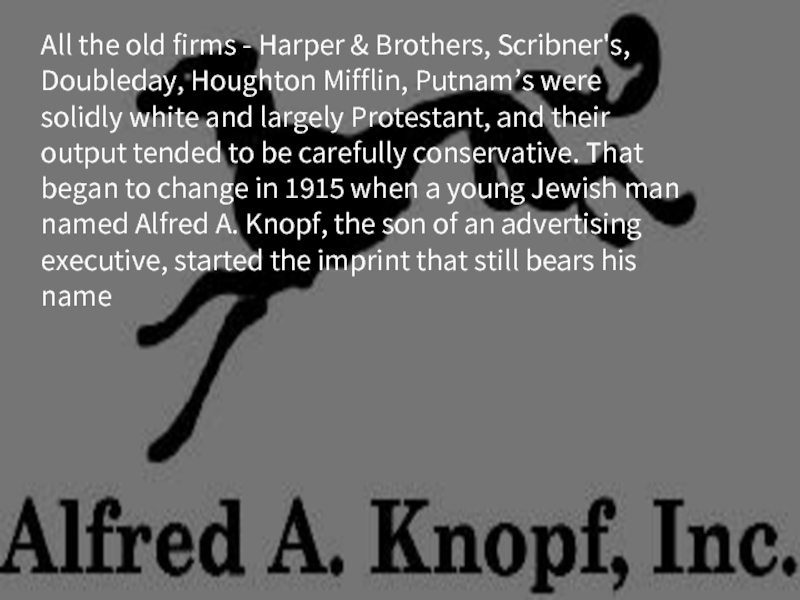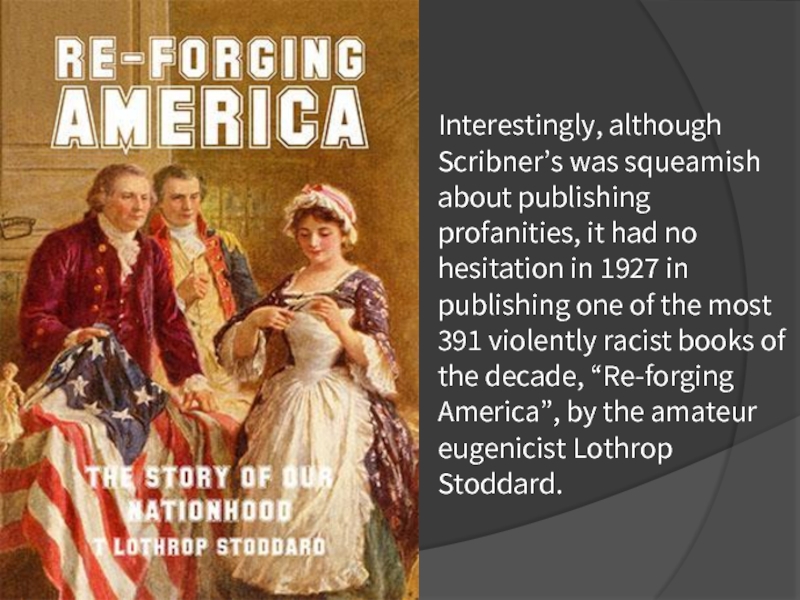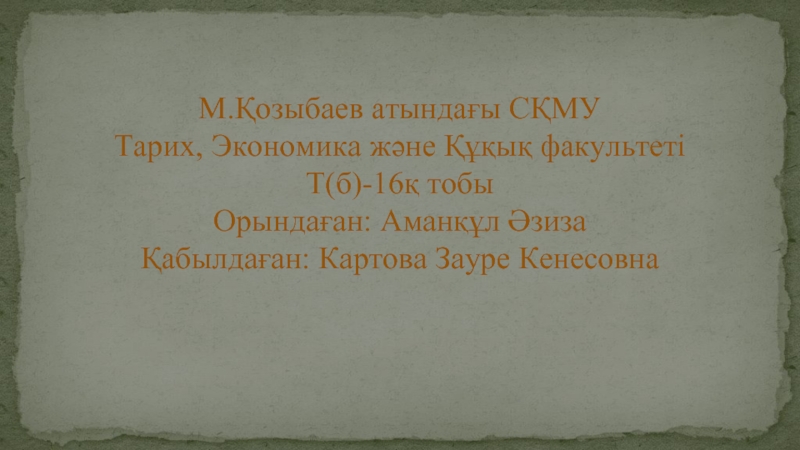- Главная
- Разное
- Дизайн
- Бизнес и предпринимательство
- Аналитика
- Образование
- Развлечения
- Красота и здоровье
- Финансы
- Государство
- Путешествия
- Спорт
- Недвижимость
- Армия
- Графика
- Культурология
- Еда и кулинария
- Лингвистика
- Английский язык
- Астрономия
- Алгебра
- Биология
- География
- Детские презентации
- Информатика
- История
- Литература
- Маркетинг
- Математика
- Медицина
- Менеджмент
- Музыка
- МХК
- Немецкий язык
- ОБЖ
- Обществознание
- Окружающий мир
- Педагогика
- Русский язык
- Технология
- Физика
- Философия
- Химия
- Шаблоны, картинки для презентаций
- Экология
- Экономика
- Юриспруденция
One summer America, 1927 презентация
Содержание
- 1. One summer America, 1927
- 2. Trains in the 1920s had names, not
- 3. It was capable of covering the 960
- 4. The Lake Shore Limited from New York
- 5. On Union Pacific trains, for breakfast alone
- 6. Each year, American publishers produced 110 million
- 7. the 1920s was a golden age for
- 8. All the old firms - Harper &
- 9. Interestingly, although Scribner’s was squeamish about publishing
Слайд 2Trains in the 1920s had names, not numbers, which endowed them
Слайд 3It was capable of covering the 960 miles in eighteen hours,
Слайд 4The Lake Shore Limited from New York to Chicago traveled for
A customer in 1927 could buy a ticket on any of twenty thousand scheduled services from any of 1.085 operating companies.
Слайд 5On Union Pacific trains, for breakfast alone the discerning guest could
Слайд 6Each year, American publishers produced 110 million books, more than 10.000
Reader's Digest in 1922, Time in 1923, the American Mercury and Smart set in 1924, The New Yorker in 1925
Слайд 7the 1920s was a golden age for newspapers. Newspaper sales in
A study in 1927 showed that tabloids devoted between a quarter and a third of their space to crime reports, up to ten times more than the serious papers did.
